Whisky Fundamentals
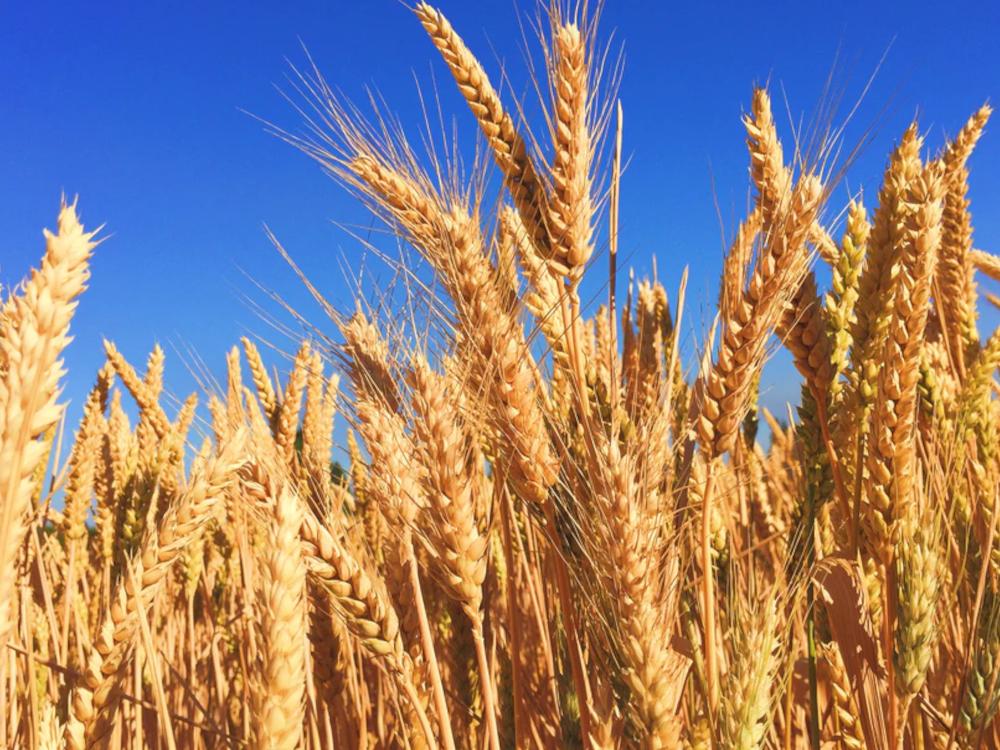
Organic whisky
Published 10/11/2022
One of the latest trends among spirits, and therefore also among whiskies, is the advancement of the organic movement. Organic wines have been on the rise so it was likely only a matter of time before this was observed in the whisky industry as well. Although the Scotch Whisky Association (SWA) has formulated its own sustainability goals, and a number of distilleries have started to make environmental improvements the introduction of organic whisky is not part of this trend.
Organic whisky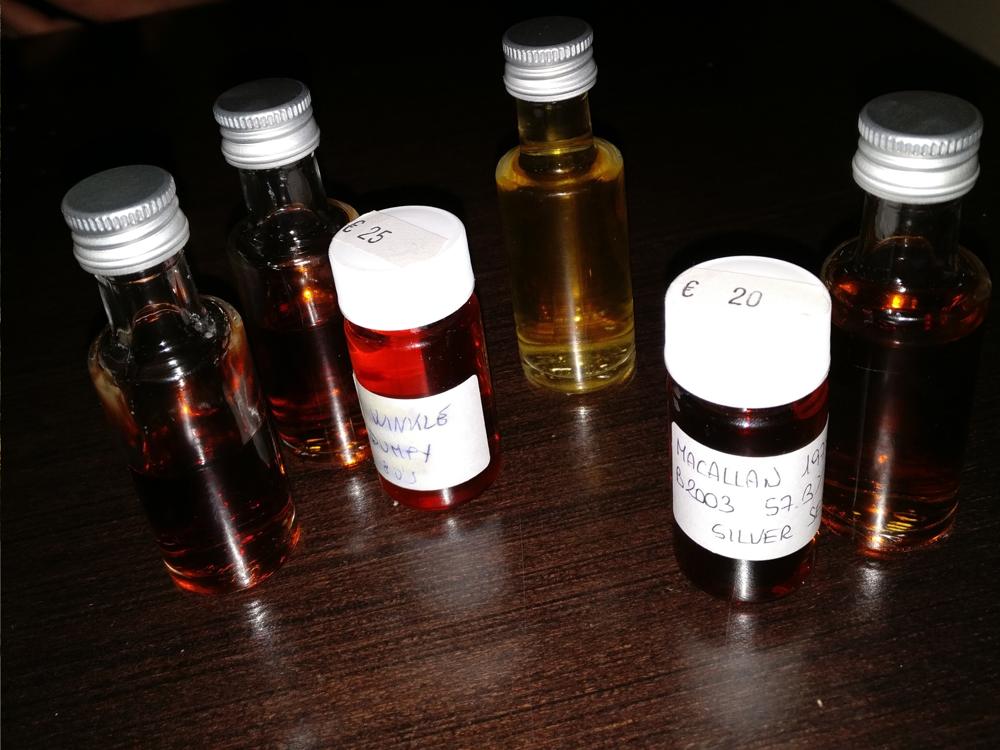
What is new make?
Published 02/11/2022
Scotch and Irish whisky must be legally matured for three years and one day before being bottled and sold as whisky. Prior to this period of mandatory maturation the spirit cannot be sold as whisky. While the requirements in other countries generally differ for their products to be sold within Europe as whisky these need to meet this minimum period. This period initially started off as only 2 years being enforced bu the UK Immature Spirits (Restriction) Act of May 19, 1915 but was subsequently increased.
What is new make?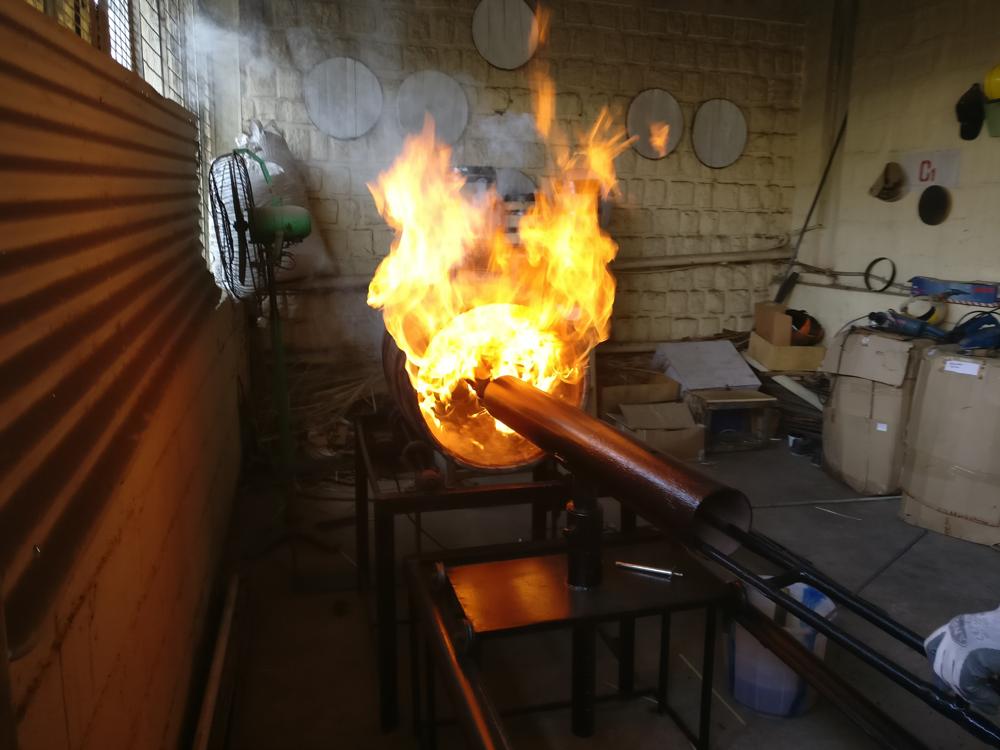
Whisky Barrel Char Level
Published 02/10/2022
American oak casks are toasted and charred before being used to mature Bourbon whiskey. Toasting not only breaks down the structure of the oak and allows the spirit to penetrate more easily, but also creates new flavour compounds. This is due to the structure of the wood itself. Oak is made up of cellulose, hemicellulose and lignin. The former gives the oak its strength, the other two begin to break down when heated, forming flavour compounds that are soluble in ethanol and impart desirable aromas to wines and spirits.
Whisky Barrel Char Level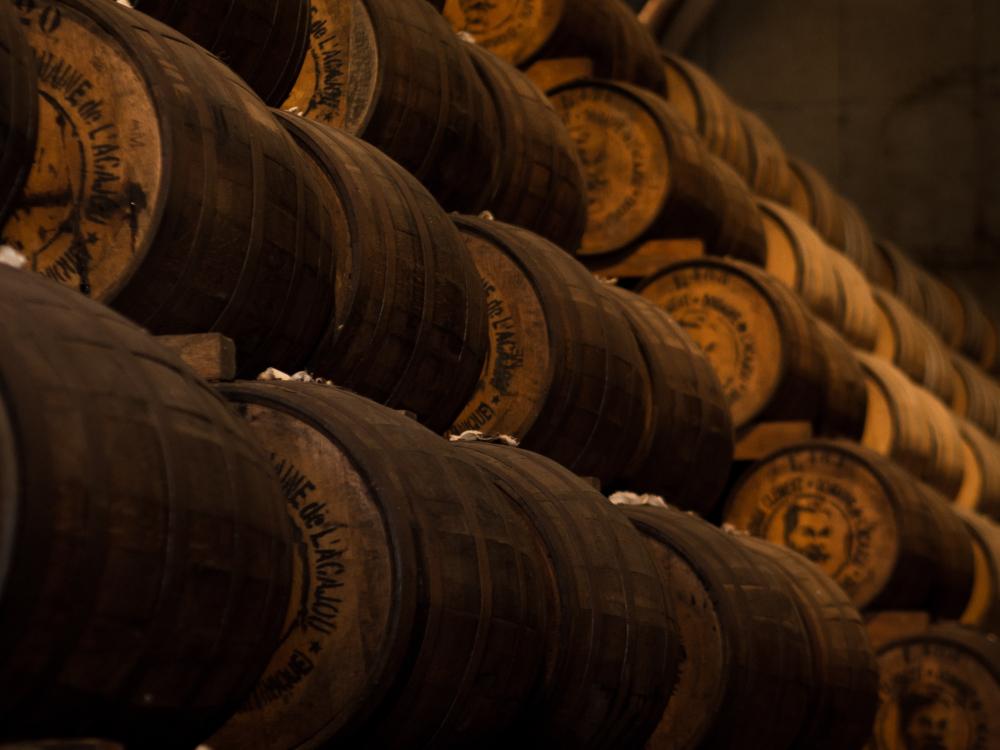
What is the solera system?
Published 25/08/2022
The solera system is a method of aging and blending liquids, such as wine, beer, and spirits. It involves the continuous blending of older and younger batches of the liquid, resulting in a consistent flavor profile from one batch to the next. The solera system is commonly used in the production of sherry, port, and other fortified wines. The oldest part of the blend, known as the “solera,” is kept in barrels, and each time a portion of the liquid is removed for bottling, it is replaced with an equal amount of younger liquid from the next oldest barrel.
What is the solera system?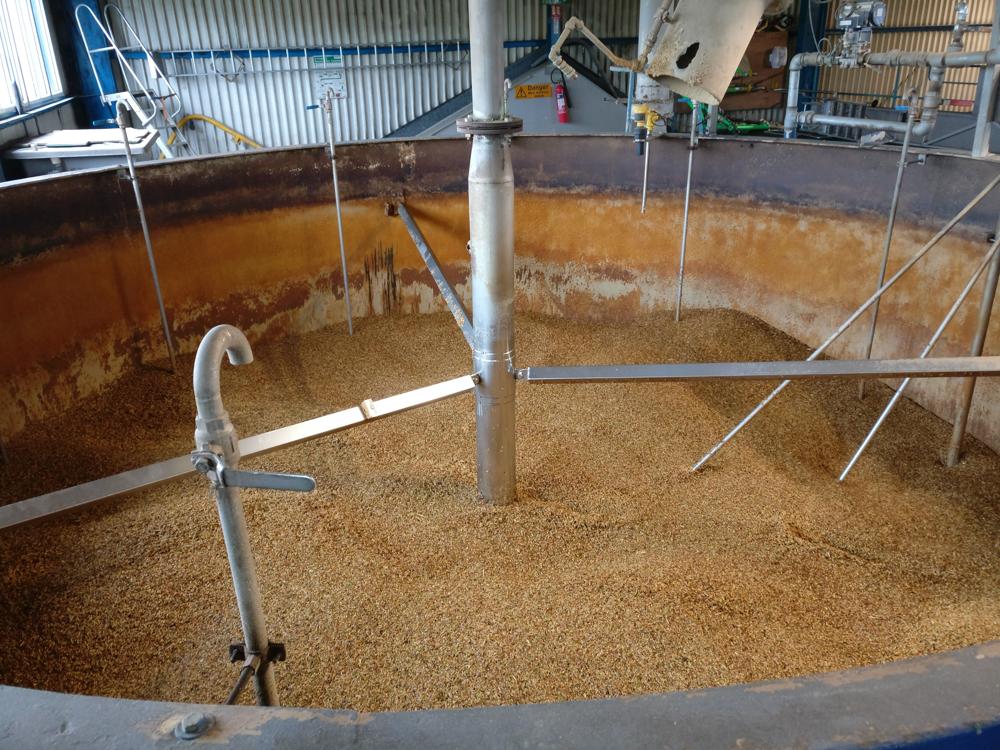
What is a Mash Bill?
Published 22/08/2022
The mash bill of a whisky is the grain combination used when making multigrain spirits such as bourbons. Unlike single malt these do not consist of a single grain, but are instead produced using a mixture of different grains such as corn, rye, wheat and barley If you’re a Scotch Single Malt fan, you won’t come across the term mash bill or grain recipe. The raw material on which this spirit is malted barley.
What is a Mash Bill?
